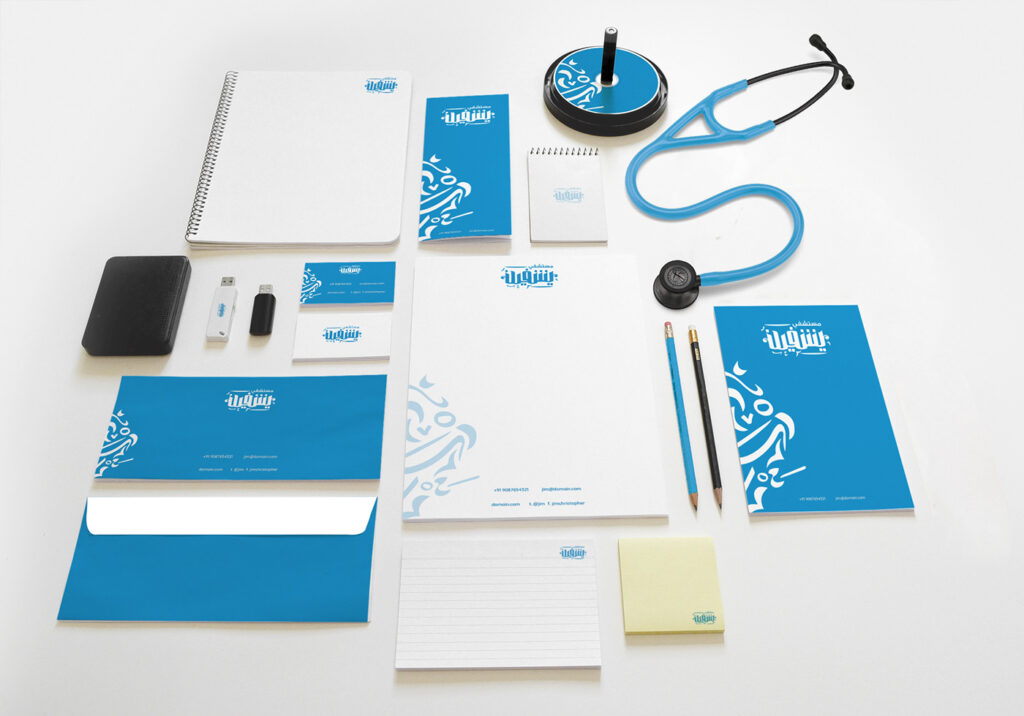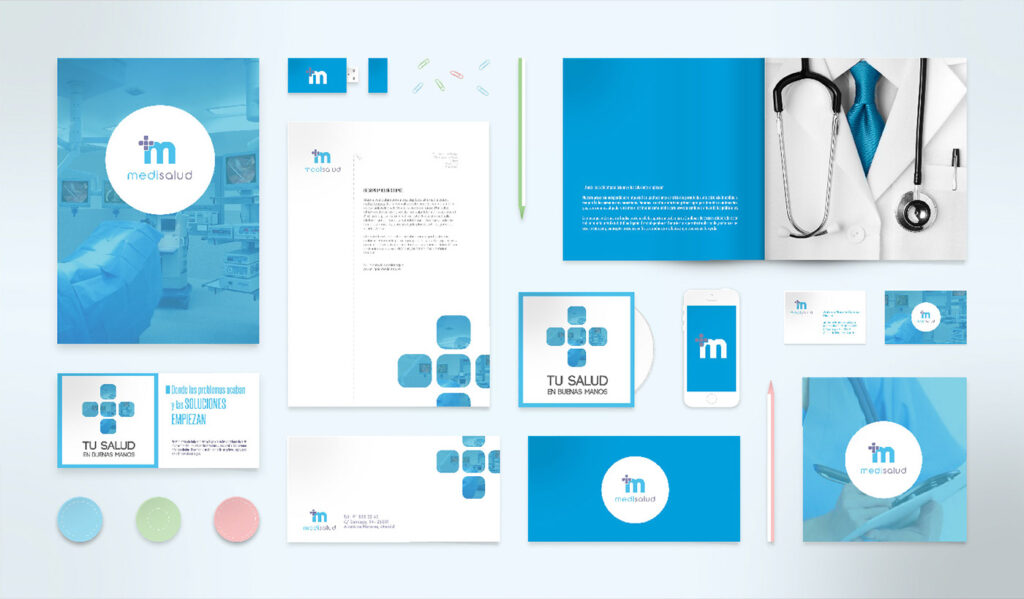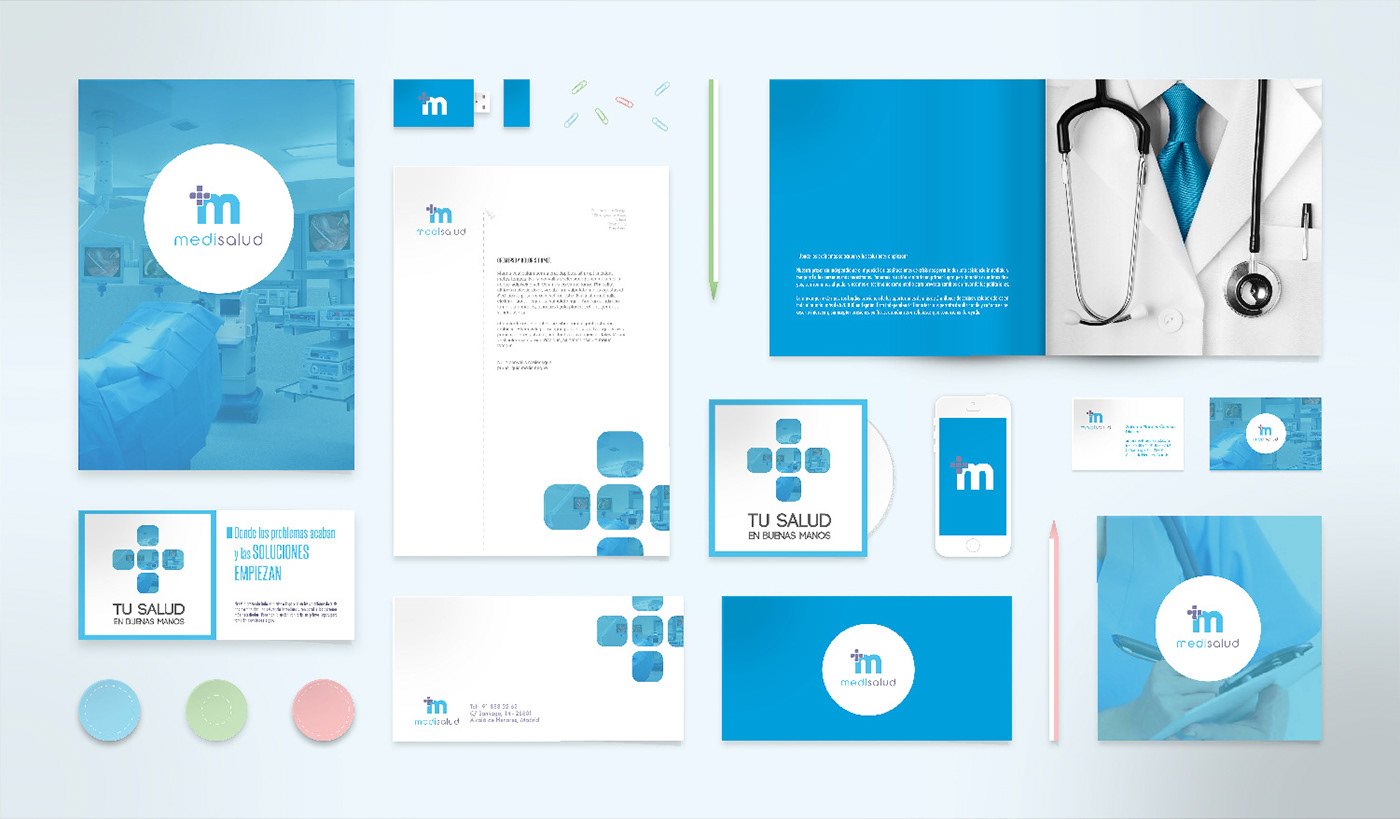Creative design plays a crucial role in healthcare branding, as it helps healthcare organizations in Vietnam effectively communicate their values, services, and unique offerings to their target audience. In this article, we will explore the significant role of creative design in healthcare branding and how it contributes to building a strong brand presence in Vietnam’s healthcare industry.
I. Creating a Memorable Visual Identity:
Logo Design: A well-designed logo serves as the visual centerpiece of a healthcare brand. It should be unique, memorable, and reflective of the brand’s personality and values. A carefully crafted logo helps create a positive first impression and fosters brand recognition. Through thoughtful consideration of shapes, typography, and symbolism, the logo can effectively communicate the brand’s essence.

Color Psychology: Colors evoke specific emotions and associations. Choosing the right color palette for healthcare branding is essential to convey the desired message and create a harmonious visual identity. For example, blue is often associated with trust and professionalism, while green signifies health and vitality. By understanding the psychological impact of colors, healthcare brands can strategically select colors that resonate with their target audience and reinforce their brand attributes.
II. Designing Consistent Brand Collateral:
Print Materials: Brochures, flyers, and business cards are essential marketing tools for healthcare organizations. Consistent design elements, such as typography, color scheme, and imagery, across all printed materials create a cohesive and professional brand image. By incorporating the brand’s visual identity consistently, healthcare brands can reinforce their messaging and build brand recognition offline.
Digital Design: With the increasing importance of digital channels, healthcare brands must design visually appealing and user-friendly websites, mobile apps, and social media graphics. Consistency in design elements, such as layout, fonts, and imagery, ensures a seamless brand experience across various digital platforms. By creating a cohesive visual presence online, healthcare brands can effectively engage with their target audience and strengthen their brand perception.
III. Enhancing User Experience:
User-Centered Website Design: Healthcare websites should prioritize user experience by providing easy navigation, intuitive interfaces, and relevant content. Clear and organized information helps visitors find what they need and establishes trust in the brand. By conducting user research and applying user-centered design principles, healthcare brands can create websites that meet the needs and expectations of their target audience.

Mobile-Friendly Design: With the rise in mobile usage, healthcare brands must ensure their websites and digital assets are optimized for mobile devices. Responsive design ensures a consistent and user-friendly experience for mobile users, allowing them to access information conveniently. By adapting the design to different screen sizes and functionalities, healthcare brands can provide a seamless user experience across devices and platforms.
IV. Evoking Emotion and Connection:
Visual Storytelling: Creative design elements, such as captivating imagery and engaging visuals, can effectively convey a brand’s narrative and connect with the target audience emotionally. Visual storytelling allows healthcare brands to humanize their services and create a sense of empathy. By incorporating compelling visuals that evoke emotions and tell stories, healthcare brands can create a deeper connection with their audience and differentiate themselves in a competitive market.
Patient-Centered Design: Designing healthcare materials with patients in mind is crucial for creating a positive and empathetic experience. Patient-centric design elements, such as inclusive imagery, clear instructions, and accessible layouts, demonstrate a commitment to patient care. By prioritizing user-friendly and patient-centered design, healthcare brands can foster trust, enhance communication, and improve overall patient satisfaction.

In conclusion, creative design plays a pivotal role in healthcare branding, enabling healthcare organizations in Vietnam to establish a memorable visual identity, maintain consistency across brand collateral, enhance user experience, and evoke emotion and connection with their target audience. By investing in creative design strategies that align with their brand values, healthcare organizations can effectively communicate their unique offerings and build a strong brand presence in Vietnam’s competitive healthcare industry.
Key takeaways for the role of creative design in healthcare branding in Vietnam:
- Create a memorable visual identity through well-designed logos and thoughtful color choices.
- Design consistent brand collateral across print and digital materials.
- Prioritize user experience through user-centered website design and mobile-friendly optimization.
- Utilize creative design to evoke emotion and connect with the target audience.
- Incorporate patient-centered design elements to enhance the overall patient experience.
Contact us today to discover how our services can help elevate your healthcare brand in Vietnam.

Leave a Reply